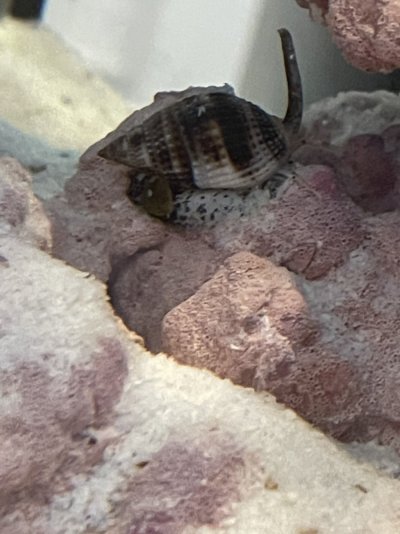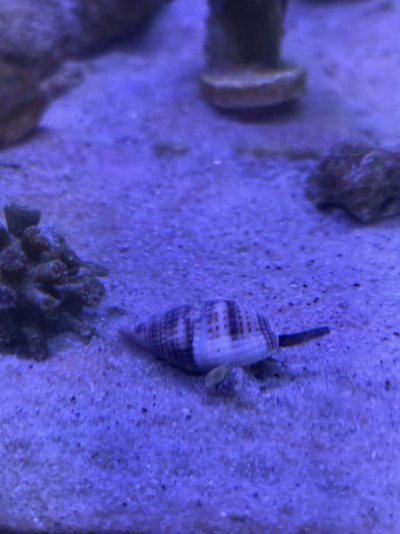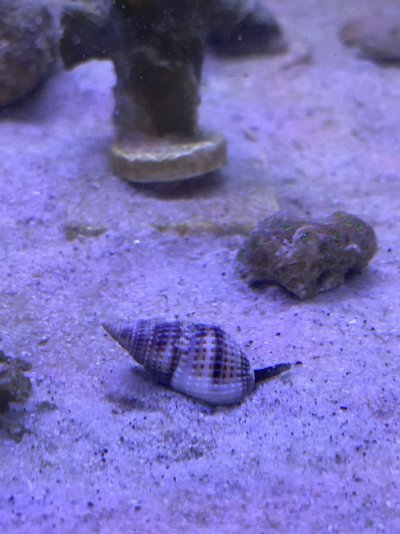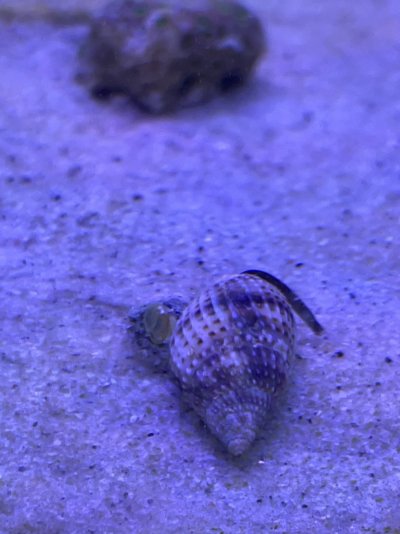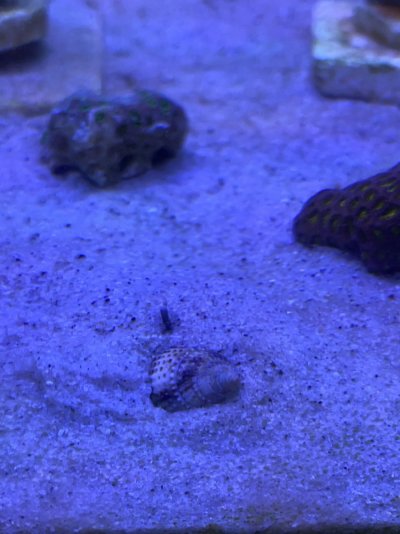- Joined
- Sep 3, 2019
- Messages
- 266
- Reaction score
- 122
I got some nassarius snails from a seller ive bought nassariusses from but they were much darker in color hoping its a different species. They are much more active in the tank than my all white ones. They do move quickly on the sand but i have never seen a whelk so im not sure how fast they are. So had to make sure.

